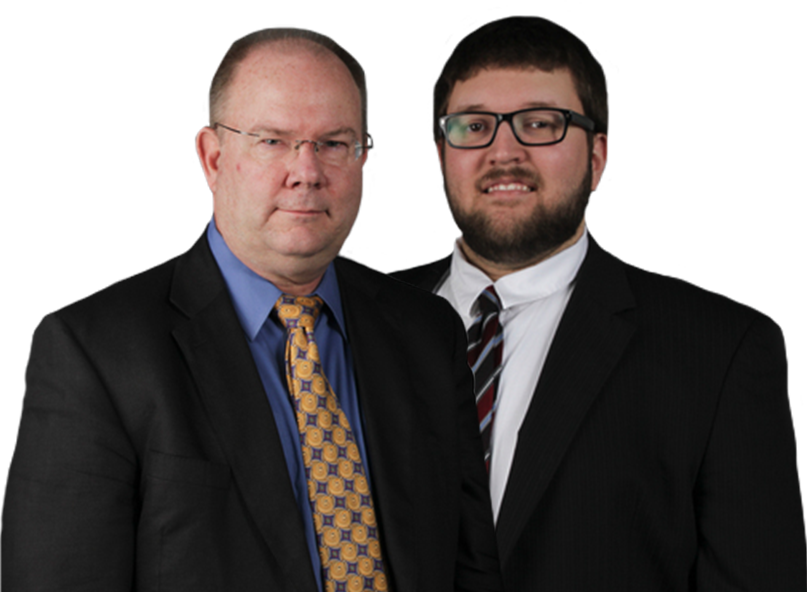Feds Approve $42 Billion Student Loan Forgiveness
Colleges can open specific career paths for students, but they’ve also become synonymous with student debt. Higher education costs have steadily increased over the past decades, forcing students to turn to loans that saddle them with debt that follows them long after graduation.
While it’s far from entirely absolving each American from student debt, the U.S. government recently approved $42 billion in federal student loan debt forgiveness. Enacted through the Public Service Loan Forgiveness (PSLF) program, the decision affects some 615,000 borrowers who have taken out a loan in the past 18 months.
How does the $42 billion PSLF program work?
The PSLF program is open only to public service professionals, such as librarians, military servicemembers, nurses, and public interest lawyers. Designed to encourage more graduates to seek jobs in public service, the PSLF cancels a borrower’s outstanding debt after they have served 10 years in public service or have completed 120 monthly payments.
Barriers to claiming federal loan forgiveness
If you meet any of the criteria below, you might not be able to claim loan forgiveness through the PSLF:
- Your job isn’t related to public service: The PSLF is only available to public service professionals. You can’t apply for debt relief if your work has nothing to do with public service.
- You have debt through private student loans: The PSLF only forgives federal student loan debt. Approximately 92% of all student debt in America is from federal student loans, but you could be part of the remaining 8% who took a loan from a private lender who isn’t eligible.
- You fall short of the 120 qualifying monthly payments or the 10 years of work in public service: Qualifying payments are loan payments made after October 01, 2007 – but only payments made while you’re part of a qualifying public service employer count. But the qualifying payments don’t have to be consecutive, so your previous payments still count if you work for a non-qualifying employer.
Addressing greater financial issues
Even though student loan forgiveness can take some financial pressure from individuals, they could still face other forms of debt. Medical emergencies, critical home repairs, divorce and even job loss can saddle people with ever-increasing debt that student loan forgiveness alone can’t fix. In these instances, an attorney with experience in the Bankruptcy Code may be able to help. Bankruptcy may sound intimidating, but an attorney can help walk you through the procedure and ensure you can get your finances back in order.

